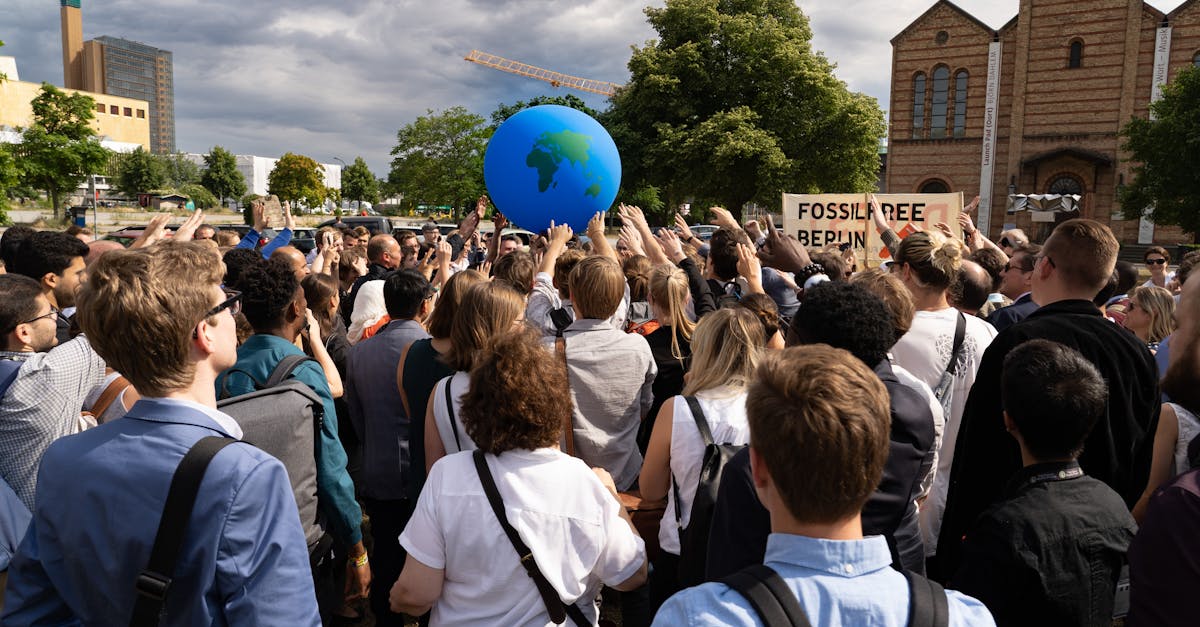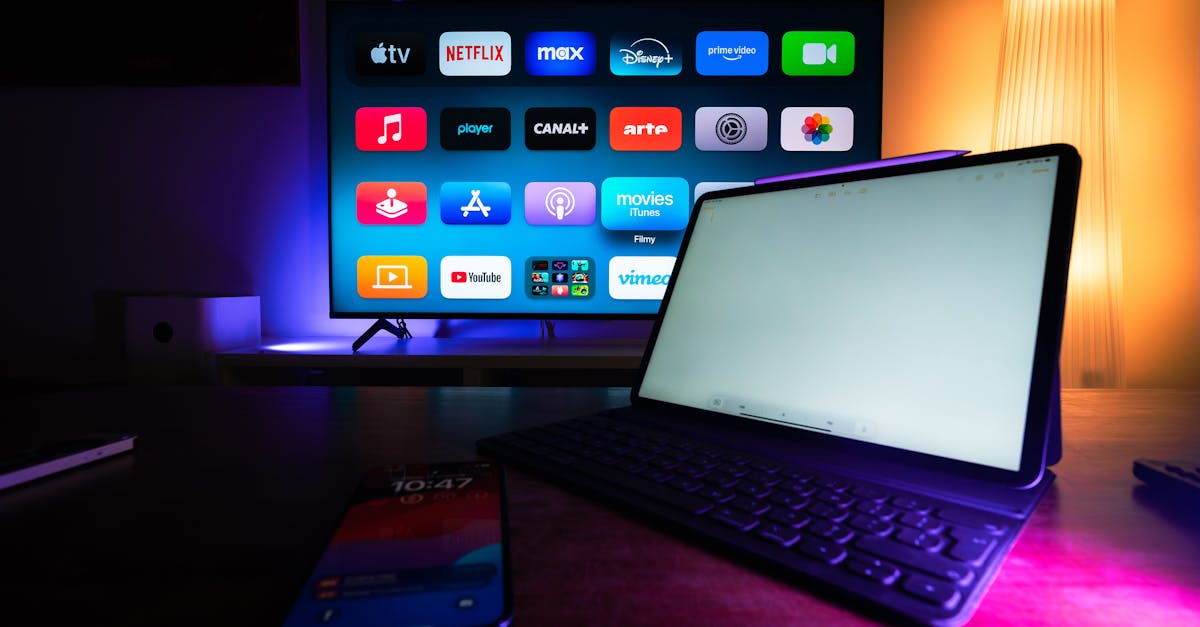City Grooves Of The Future
Introduction
As the world becomes more urbanized, cities are increasingly seen as hubs of innovation and creativity. The concept of "city grooves of the future" is reshaping how we live, work, and play in urban environments. Emphasizing sustainable development, smarter infrastructure, and connectivity, cities are morphing into vibrant ecosystems. The blend of technology and traditional urban practices creates a unique dynamic, heralding a new era in urban living. But what does the future hold for our cities, and how will they harmonize progress with well-being? This article delves into the next wave of urban transformation, exploring the fascinating future of cityscapes.
Advertisement
The Green Revolution
One can’t discuss the future of cities without mentioning the green revolution sweeping across urban areas globally. Urban planners are increasingly integrating green spaces into city designs, creating "urban jungles" that promote biodiversity. Rooftop gardens, vertical forests, and sustainable parks are becoming standard, not exceptional. These initiatives aren’t just about aesthetics; they actively combat urban heat and increase air quality. The rise of urban agriculture contributes to sustainability, reducing reliance on imported goods. By prioritizing nature, cities aim to create healthier environments for residents, balancing concrete with foliage.
Advertisement
Smart Technology Integration
Technology is interwoven into the fabric of modern cities, transforming them into "smart cities." Sensors collect data to streamline public transportation, reduce energy consumption, and enhance security. IoT applications help monitor everything from waste management to traffic flow, improving city infrastructure efficiency. Energy-efficient buildings, powered by renewable energy sources, become more prevalent, contributing to smarter resource use. Proudly, cities like Amsterdam and Singapore are front-runners, leveraging technology to address urban challenges. The harmonization of tech with urbanism paves the way for advanced yet livable environments.
Advertisement
Public Transport Innovations
Efficient mass transportation is a cornerstone of futuristic urban living. The focus is shifting from car dominance to diverse, sustainable alternatives. Electric buses, expanded rail networks, and bicycle-friendly infrastructure are transforming mobility. Concepts like autonomous vehicles and hyperloop systems inch closer to reality, revolutionizing the movement of people and goods. Global metropolises are enhancing public transport to curb congestion and minimize pollution. A future-fit urban transit system has ecological, social, and economic benefits, setting the stage for cities that move with synchronized ease.
Advertisement
Digital Connectivity and Inclusion
In the future, being connected will transcend internet access, integrating digital systems into city life. Advanced connectivity reduces the digital divide, fostering inclusivity and equal opportunity for all citizens. Control of smart home systems transforms personal living spaces for efficiency and convenience. Mobile apps offer real-time updates on public services, encouraging community engagement and participation. Cities are becoming interconnected hubs, where digital literacy is paramount, ensuring no resident is left behind. Public Wi-Fi and digital learning facilities bridge gaps, creating an inclusive, connected society.
Advertisement
Urban Resilience Against Climate Change
As the threat of climate change looms, cities are the frontline in resilience and adaptation. Urban planners design structures that withstand floods, hurricanes, and rising temperatures. Initiatives in water conservation, zero waste protocols, and circular economies contribute to urban sustainability. Projects like the Dutch "Room for the River" protect infrastructure while accommodating nature’s might. The integration of solar panels and rainwater harvesting systems tap into renewable resources. Resilient cities not only mitigate climate risks but thrive, embodying sustainability in the face of uncertainty.
Advertisement
Community Spaces and Cultural Vibrancy
Future cities will emphasize community connection and cultural vibrancy, transforming public spaces into social arenas. Revitalizing urban areas through art installations, cultural festivals, and pop-up markets fosters social interactions. Libraries, community centers, and open forums encourage dialogue and collaboration among citizens. Public art becomes a medium for expression, transforming spaces and showcasing local talent. As cities focus on cultural preservation, they support diversity and inclusivity, celebrating heritage while embracing innovation. Such environments cultivate a collective identity, deepening communal relationships.
Advertisement
Redefining Urban Housing
An integral aspect of the future city is reimagining residential spaces. Innovations in housing reflect changing demographics and the demand for affordable living. Co-housing communities, micro-apartments, and modular housing units gain popularity, offering flexible and sustainable options. Integration with nature, solar energy systems, and smart home technology become more common. Architecture blends aesthetics with function, optimizing space use and energy conservation. Affordable, accessible housing ensures inclusivity, providing quality living environments for all city dwellers. This redefinition supports vibrant urban growth, fostering a sense of belonging.
Advertisement
Health and Wellness Urban Strategies
Cities of the future prioritize the well-being of their inhabitants through health-focused urban strategies. Mixed-use zoning ensures access to healthcare facilities, groceries, and fitness centers, promoting a healthy lifestyle. Green corridors, pedestrian pathways, and bike lanes encourage active movement, reducing sedentary behaviors. Mental health initiatives integrate nature therapy, stress relief programs, and community support systems. Emphasis on wellness reflects in city designs, supporting physical and mental health. By addressing wellness holistically, cities create environments where citizens thrive, supporting longevity and quality of life.
Advertisement
Conclusion
The future of cities holds promise, characterized by sustainable development, technological integration, and community-centric ethos. By embracing green practices, smart technology, and efficient mobility, urban landscapes become blueprints for progress. The transformative power of innovation ensures cities adapt to climate challenges, accentuating resilience and well-being. As cultural vibrancy intermingles with urban life, it nurtures inclusive communities and cohesive identities. With each step towards smarter living, city grooves of the future will not only sustain current generations but inspire future ones. The journey toward vibrant, futuristic cities continues, weaving today's aspirations into tomorrow's realities.
Advertisement








